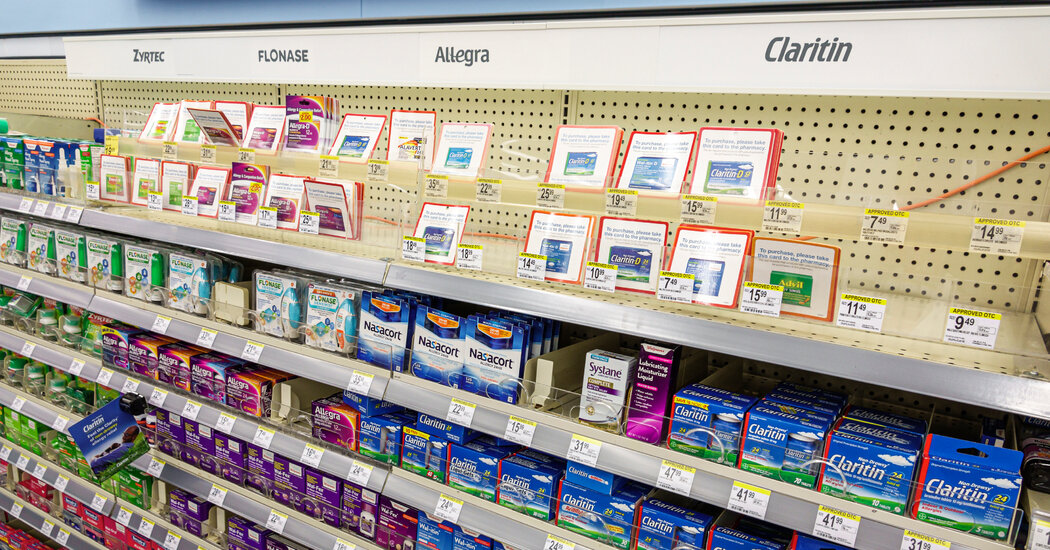You’re sniffling, sneezing and staring at the pharmacy shelf. Here’s how to choose the right option for your symptoms.
With tree pollen counts already hitting peak levels in some parts of the United States, now is the time to start preparing for — and treating — your spring allergy symptoms.
But before you head to a pharmacy, consider some measures you can take at home. And if you do need to resort to medication, here’s what to know about the various pills, sprays and shots available.
Your first line of defense
Doctors recommend first trying to limit your exposure to whatever is triggering an allergic response — for example, tree pollen in the spring.
You can monitor local pollen levels on weather or allergy apps or on sites such as the National Allergy Bureau’s. When counts are high, doctors recommend keeping your windows closed, wearing a well-fitting mask outside and showering and changing your clothes when you get home. Pets can also bring in pollen from the outdoors, so keep them out of your bedroom and wash them regularly. When you come inside, you can also rinse out your nose with a saline spray or neti pot.
“It’s laborious, but the people who do this stuff find it really helpful,” said Dr. Neeta Ogden, a New-Jersey based allergist.
